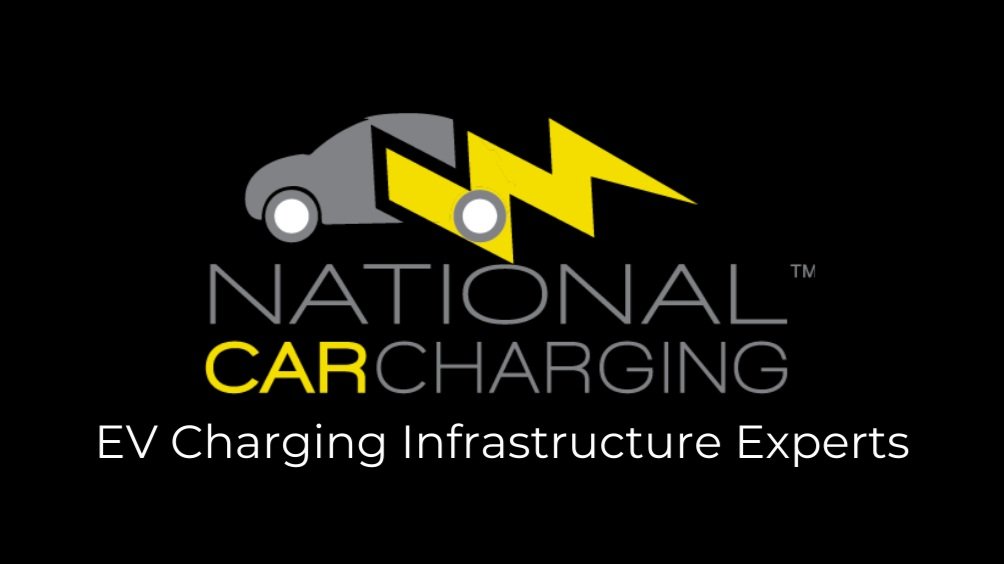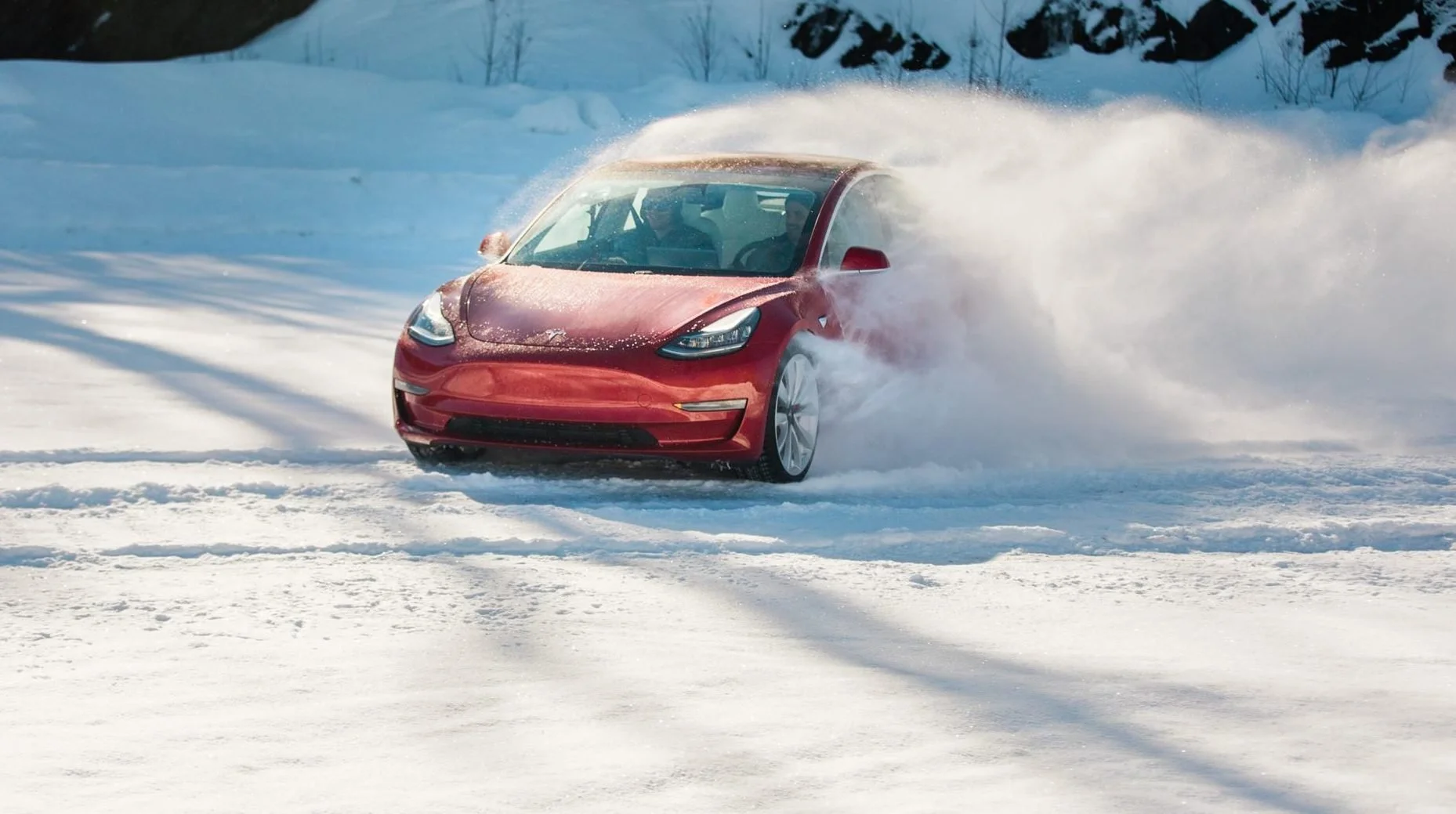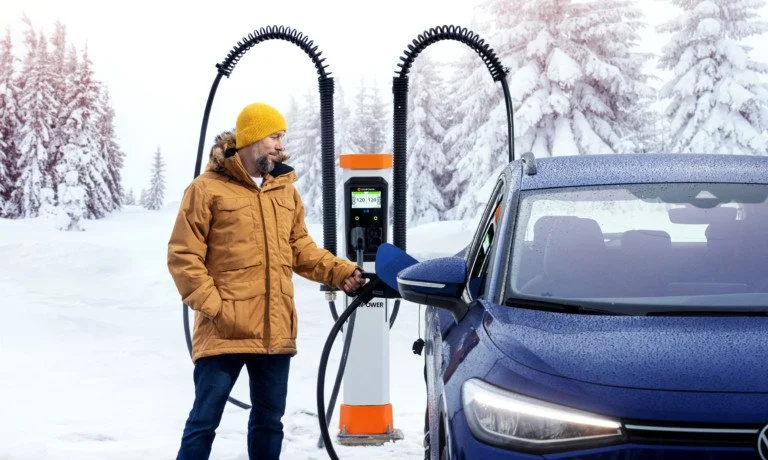Snow or Shine: Why EVs Are the Ultimate Winter Ride.
Six Top Reasons You’d Want to Drive an EV in the Winter.
By Margaret-Ann Leavitt, Chief Marketing Officer at National Car Charging.
Last week, Colorado was hit with some seriously subzero temperatures, and I can’t tell you how many times I was asked, “Don’t you wish you still had a gas car for these freezing days?” And honestly? The answer is no—and here’s why.
Yes, winter weather brings its own set of challenges—snow, ice, and bone-chilling temps. But if you’re driving an electric vehicle (EV), you’re actually better equipped to take it all on. In fact, winter might just be the best time to drive an EV. Sounds crazy? Stick with me.
First, let’s tackle the big range question, which always seems to pop up. Yes, cold weather can affect range, but here’s the thing: it impacts ALL vehicles, not just EVs. Just like your gas car burns more fuel running the AC in the summer, it burns more fuel (or energy) to warm up and to keep that heat pumping in the winter. So, let's just get that out of the way and move on!
Now, let’s talk about why driving an EV in winter is an absolute game-changer. Here are the top six reasons why you’ll love hitting the road in an electric vehicle during the colder months:
1. Instant Torque = Winter Power on Demand.
When the temperatures drop, traditional gas-powered engines can start to stumble—grumbling as they struggle to get moving. But an electric vehicle? It’s like a winter warrior, delivering instant torque and instant power the second you tap the accelerator. No lag, no hesitation. Whether you’re dodging icy patches, dealing with less-than-stellar drivers, or plowing through snow, your EV has your back. Need a quick burst of speed? Your car is already on it. With smooth, relentless power, you’ll be in total control, feeling like the winter road is yours to conquer. And as if that wasn’t enough, one-pedal driving takes it to the next level—slowing you down with precision, so you can glide to a stop faster and safer.
2. Regenerative Braking Keeps You in Control – Ice, Snow, No Problem.
When winter hits and the roads turn icy, staying in control is non-negotiable. That’s why I absolutely swear by regenerative braking. Not only does it help recharge your battery by converting kinetic energy into electricity, but it also lets me decelerate smoothly and gradually—like one-pedal driving, but with even more finesse.
Whether I’m navigating slick patches in Denver or trying to put a little more space between myself and the tailgater on those winding mountain roads, regenerative braking is my secret weapon. It’s like having an extra layer of control, offering a smoother ride and boosting my confidence in even the trickiest conditions. No jerky stops, no sudden skidding—just a steady, controlled glide through winter’s unpredictable chaos. Honestly, it’s a game-changer for staying safe and in control when the roads get tough.
3. No Cold Starts, No Problem – Pre-Conditioning #FTW.
If you’ve ever owned a gas car in the winter, you know the drill—the engine groaning, that sluggish start, and you sitting there, freezing your butt off, waiting for it to warm up. I remember those days all too well! But with an electric vehicle, you can forget that nonsense. You hop in, press the button, and boom—you're good to go. No sluggish engine, no waiting for heat to kick in. The cabin warms up faster than your coffee on a frosty morning, so you can get cozy and hit the road in a flash. (And if there’s snow on your windshield, it melts away almost instantly—no snow scraper required!)
Here’s the real magic: pre-conditioning. While idling a gas car to warm it up is not just a huge waste of fuel, but also illegal in many cities (thanks to the pollution and emissions it spews), your EV lets you do the same thing—without the guilt. Charge overnight while you're catching some Z’s or binge-watching the latest season, and not only will you save money by charging during off-peak hours when electricity rates are lowest, but the next morning, you’ll warm up your car using energy from your home, not your car’s battery. That means your range stays intact, and you're giving the planet a little love, too. You can’t do that in a gas car! So, skip the cold-start chaos and those long minutes spent waiting for your car to warm up—cruise through winter like you’ve got it all figured out. And let’s be honest—charging at home means you can kiss those miserable early-morning gas station pit stops goodbye!
4. Winter Tires + EV = Stability & Safety.
People often ask me about EVs in the snow, and honestly, they’re fantastic. EVs are heavier—thanks to those hefty battery packs—and that’s actually a blessing when it comes to winter driving. The added weight gives you superior traction and stability on those slippery, snow-covered roads. And let’s not forget the advanced traction control systems that EVs come with, making them even better at handling inclement weather. Add in a set of winter tires, and you’ve got a vehicle that laughs in the face of snow and ice, keeping you steady no matter what winter throws your way. Snowstorm? Bring it on.
5. Reduced Maintenance Costs – Winter Just Got Cheaper.
Winter driving can be a hassle—cold temps, icy roads, and all the extra wear on your car from heating systems and engine parts working overtime. But here’s the kicker: EVs laugh in the face of winter. No oil to change, no belts to wear out, and way fewer moving parts overall. This means less maintenance and fewer things that can break down in the middle of a snowstorm, saving you both time and money.
Plus, when you’re stuck in traffic, you're not burning through gasoline (which is usually 3-4x more expensive). Instead, your car is actually regenerating energy and putting it back in your battery. So, not only are you saving on gas, but you're also making the most of every second you spend on the road.
Bonus: Eco-Friendly All Year Long.
Winter driving can often feel like a test of patience—and when you're in a gas car, more time on the road means more emissions and a bigger hit to your wallet. But here's the real kicker—EVs are environmental superheroes year-round. Cars are one of the top contributors to emissions in the U.S., fueling climate change and taking a serious toll on our planet. But as more people make the switch to electric, winter driving becomes a chance to drive a cleaner, more sustainable vehicle. Choosing an EV means you’re slashing emissions and helping fight climate change with every cold-weather mile. Winter doesn’t have to cost the planet, and with an EV, you can feel damn good about doing your part, even when the roads are icy and the temps are freezing.
Winter driving doesn’t have to be a nightmare.
And it definitely doesn’t have to leave you shivering with dread. Trust me, after driving seven different EVs (yes, my husband is that car-obsessed, so he's tested them all), I can confidently say winter driving in an EV is pure magic. Whether I’m cruising in a Rivian or zipping around in an early model Leaf, it’s always the same—smooth, controlled, and surprisingly fun.
I used to tackle that brutal 60-mile round trip from Denver to Boulder every day. In a gas car? Total nightmare. But once I switched to an EV? Whole new ballgame. Not only was the driving experience way better, but I also had the confidence and peace of mind knowing I had the right tools for the conditions—allowing me to focus on my drive and avoid those wild drivers who are either late to work or just clearly shouldn’t be on the road.
Look, if the weather’s really nasty outside, be smart—stay home. It's not worth the stress, the wasted time, or risking yourself, your sanity or your car. It's always better to be safe than sorry. But if you absolutely have to hit the road—an EV is your best friend for winter driving. I guarantee you’ll feel more in control and safer behind the wheel. From superior handling and extra safety to serious cost savings, EVs are the ultimate winter driving ‘wingman.’ Whether you’re gliding effortlessly through snow-covered streets or heading up to the mountains for a ski weekend, your EV has your back—helping you take on winter like an absolute pro.
About Margaret-Ann Leavitt.
Margaret-Ann is the driving force behind marketing and communications for National Car Charging and Aloha Charge, blending passion with a proven track record of success. With experience at top brands like Mattel, FCB Global, and Disney, she’s a dynamic leader known for her strategic vision and ability to fuel growth. Margaret-Ann spearheaded national campaigns that delivered double-digit growth at Home Instead Senior Care, pushing the company past the billion-dollar mark, and she’s been instrumental in building the brand foundation for Silvernest, a 500 Startups Global alum. A long-time sustainability advocate and EV enthusiast, Margaret-Ann is deeply committed to making a positive impact both professionally and personally. She holds a B.A. in Economics from Colgate University and an M.F.A. in Film Production from the University of Miami. Outside of work, she serves as the board chair of GALS Denver, Colorado’s only all-girls public school, and is a founding member of Denver’s Lustgarten Pancreatic Cancer Research Walk. Originally from the East Coast, she now calls Denver home, where she lives with her family and proudly drives fossil fuel-free.
About National Car Charging.
National Car Charging (NCC) and its subsidiary Aloha Charge strive to make the transition to electric vehicles easy by offering the most reliable EV charging products and services at reasonable prices. Born in Colorado in 2011, today NCC is the nation's most experienced independent and one of the largest EV charging resellers, installers and O&M providers nationwide managing 11,000+ ports across 48 states, 1,100 clients and dozens of business channels. More information about NCC is available on NCC’s About page.



